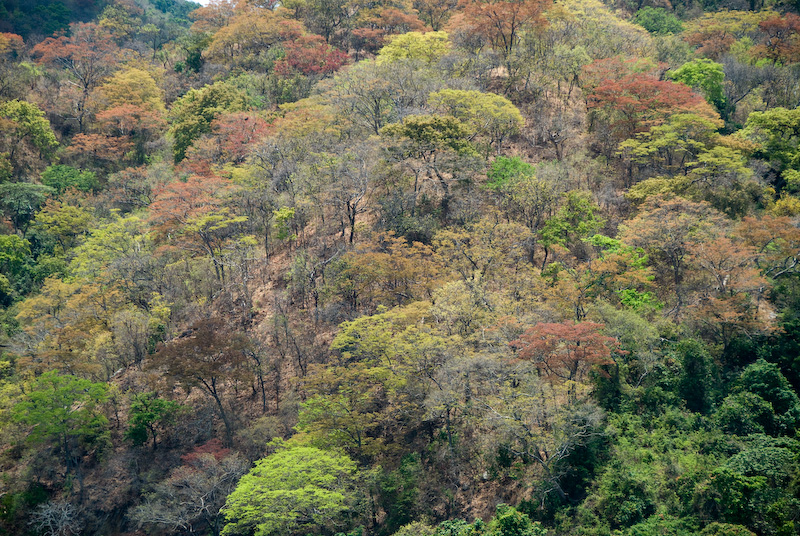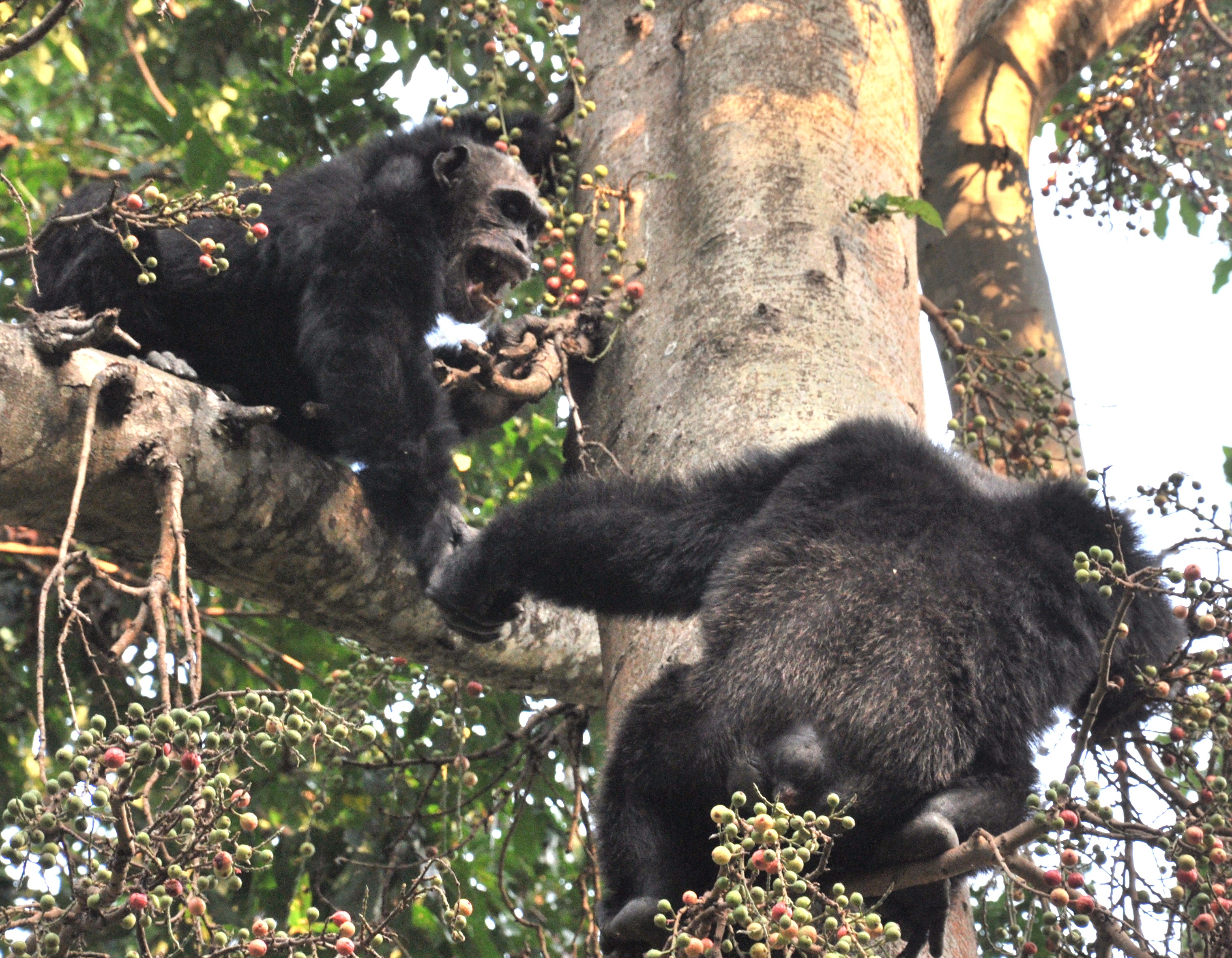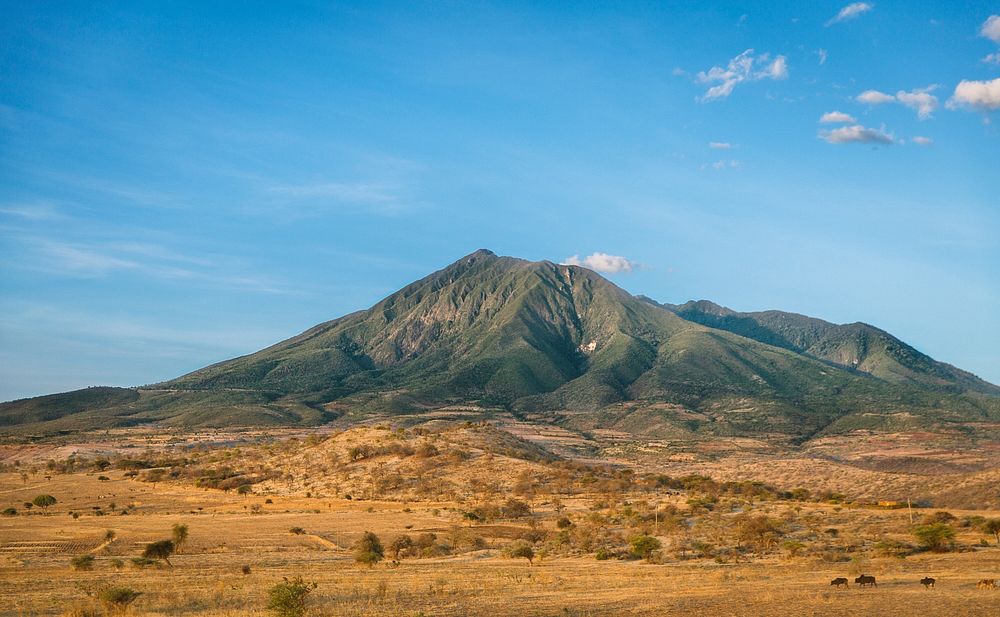
Mahale Mountains National Park: Chimpanzee Sanctuary on Lake Tanganyika
Mahale Mountains National Park in Western Tanzania is a remote and beautiful sanctuary for chimpanzees, set against the stunning backdrop of forested mountains sloping into the clear waters of Lake Tanganyika. It offers unparalleled primate encounters and a true wilderness experience.
Mahale Mountains National Park isn't just a destination; it's an pilgrimage for those seeking one of Africa's most profound wildlife experiences: encountering wild chimpanzees in their natural habitat. Nestled on the remote eastern shores of Lake Tanganyika, Mahale is a place of breathtaking beauty, where lush, forested mountains rise dramatically from the crystal-clear waters of the world's longest freshwater lake. There are no roads into Mahale; access is by boat or light aircraft, adding to its mystique and untouched feel. I've spent many days tracking chimps through these forests, and every time, the moment you finally sit quietly with a habituated group, observing their complex social lives, it's an experience that changes you. It’s truly wild, deeply moving, and utterly unforgettable.
Apollo's Recommendation
For Mahale, dedicate at least three to four full days to maximize your chances of quality chimpanzee sightings. Trekking can take several hours, and the location of the chimps varies daily. Patience is key, but the reward is unparalleled. Beyond chimp trekking, make sure to enjoy Lake Tanganyika itself – swim in its clear, bilharzia-free waters, go kayaking, or try your hand at fishing. The beaches are pristine. My tip: Stay in one of the lodges that employs local Tongwe guides; their knowledge of the forest and the chimps is phenomenal. And be prepared for some strenuous hiking – the terrain is steep, but oh, so worth it.
Additional Content
Lake Tanganyika – A Jewel of the Rift Valley: Mahale's western boundary is the magnificent Lake Tanganyika, an ancient and immense body of water that profoundly shapes the park's environment and activities.
- Biodiversity: It's one of the most biologically rich lakes in the world, home to hundreds of species of cichlid fish, many of them endemic. Snorkeling and diving (where offered) can be spectacular.
- Pristine Waters & Beaches: The waters are incredibly clear, and the park is fringed by beautiful, sandy beaches, perfect for relaxing after a chimp trek.
- Activities: Besides swimming, options often include kayaking, fishing (for species like Nile perch or an array of smaller, colorful fish), and dhow (traditional sailing boat) trips at sunset.
Chimpanzee Trekking – The Main Event:
- Habituated Groups: Mahale is home to a significant population of chimpanzees, with several groups habituated to human presence, most notably the "M-group." This allows for relatively close and peaceful observation.
- The Experience: Treks are led by experienced park rangers and local guides. You'll follow trails into the forest, listening for chimp calls and looking for signs of their presence (nests, droppings, feeding remains). The difficulty and duration vary daily depending on where the chimps are.
- Respectful Observation: Strict rules are in place to protect the chimpanzees and ensure visitor safety (e.g., maintaining a minimum distance, no flash photography, limited observation time). This is crucial, and I always emphasize its importance.
Wildlife Highlights Beyond Chimpanzees: While chimps are the stars, Mahale boasts other wildlife:
- Other Primates: You might also encounter other primate species, including red colobus monkeys (a different subspecies to the Iringa red colobus), red-tailed monkeys, blue monkeys, and yellow baboons.
- Forest Birds: The forests are rich in birdlife, though often heard more than seen in the dense canopy. Look out for species like Ross's turaco or the giant kingfisher.
- Other Mammals: While less frequently seen, the park is also home to leopard, bushbuck, bushpig, and various smaller predators. Hippos and crocodiles are present in Lake Tanganyika, usually away from main beach areas.
- Butterflies: An incredible diversity of butterflies flutters through the forest clearings.
Best Time to Visit:
- Dry Season (May - October): This is the best time for chimpanzee trekking. The chimps are often found on the lower slopes of the mountains, making treks shorter and easier. The forest is less dense, and paths are drier. The weather is generally sunny and pleasant.
- Late Dry Season (August - October): Can be particularly good for chimp sightings.
- Wet Season (November - April): Trekking can be more challenging as chimps may move to higher elevations, trails are muddy, and rain is frequent. However, the forest is incredibly lush, and it's a great time for birdwatching and photography. Some lodges may close during the heaviest rains (April-May).
Accommodation Options: Accommodation in Mahale is limited, exclusive, and generally in the mid-to-high-end range, reflecting the park's remoteness and the logistical efforts involved.
- Luxury Lodges & Tented Camps: These offer stunning locations, often right on the beach, with excellent service and expert guiding for chimp treks. Examples include Greystoke Mahale (Nomad Tanzania) with its iconic design, and Kungwe Beach Lodge (Asilia Africa). Price range: $800 - $2,000+ per person per night.
- Park Bandas (TANAPA): There are usually very basic, self-catering park-run bandas available (Nkungwe Rest House), but these require bringing all your own food and supplies and are much simpler. Booking well in advance is essential.
Activities:
- Chimpanzee Trekking: The primary reason to visit.
- Hiking: Besides chimp trekking, there are other forest trails and mountain hikes.
- Kayaking/Canoeing: On Lake Tanganyika.
- Snorkeling & Swimming: In the clear waters of the lake.
- Fishing: Often offered by lodges.
- Birdwatching.
- Cultural visits to nearby villages (outside the park) can sometimes be arranged.
Practical Information:
- Park Fees: Expect high park fees, often around $100-$150 per adult per 24 hours for chimpanzee viewing, plus daily conservation fees. Always verify current fees with official TANAPA sources and your lodge.
- Access: Mahale is remote. Access is primarily by scheduled or charter flights to the Mahale airstrip, followed by a boat transfer to your lodge. Some intrepid travelers may arrive by ferry on Lake Tanganyika from Kigoma, but this is a long and less predictable journey. There are no roads into the park.
- What to Bring: Good, broken-in hiking boots are essential. Long trousers and long-sleeved shirts (neutral colors) for trekking, insect repellent (though tsetse flies are less of an issue here than in some savanna parks), swimwear, sun hat, sunscreen, and good binoculars. A lightweight rain jacket is useful year-round.
- Health: Consult your doctor about malaria prophylaxis and any other necessary vaccinations. The lake water near lodges is generally considered safe for swimming.
Mahale Mountains National Park is a true escape from the modern world. It’s a place where you connect with nature on a very deep level, where the rhythm of the forest and the lake dictates your days. The privilege of sharing space with wild chimpanzees is an experience that leaves an indelible mark on your soul. It’s not an easy or cheap destination to reach, but for those who make the journey, the rewards are immeasurable. I’ve seen seasoned travelers moved to tears by the encounters here.
Gallery



Ready to Book Your Safari Experience?
Contact us today to start planning your perfect Tanzanian safari.
Contact Us